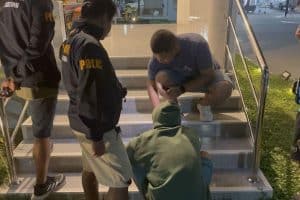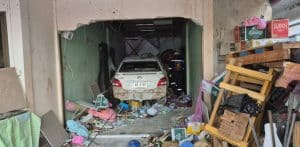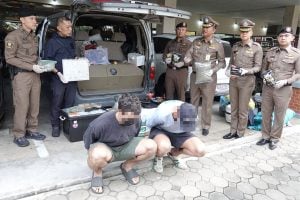COVID: High medical expenses take toll on poor families in India

Anindita Gupta, a resident of the eastern city of Kolkata, said she had to sell some of her jewelry to pay for the treatment of her brother-in-law at a private hospital.
Her brother-in-law, who had contracted COVID-19, needed the support of an ECMO, which is used to pump and oxygenate a patient’s blood outside the body.
So, at the end of May, he had been transferred to a private hospital in the city from another hospital that didn’t have the ECMO facility.
Anindita said her family was now staring at a total bill of close to 3 million rupees ($40,000, €33,670). They had paid 650,000 rupees to the hospital he was first admitted to and another 2.25 million rupees to the one where he’s currently receiving treatment.
The family has sold off a car to partly meet the expenses. Even if her brother-in-law returns home healthy, she said the trauma of financial burden will remain for a long time. “He has no idea of what has happened so far,” Anindita said.
Anindita’s family is one among the thousands of families in India who have had to incur high medical expenses during the nation’s calamitous second coronavirus wave.
Unaffordable prices put onerous burden on families
Complete data to assess the impact of the second wave on people’s finances is still not available, but a recent report by the State Bank of India concluded that medical expenses could rise by as much as 11% on average for families because of COVID-related hospitalizations.
India’s Supreme Court last year ordered state governments to either make arrangements for treatment of people in public hospitals or cap charges at private ones.
The judges said that “right to health included affordable treatment.” They added that even if people recovered from COVID, they would find themselves in economic hardship.
To address the problem of unaffordable prices, several state governments have capped the amount of money private hospitals can charge COVID patients.
For instance, in June last year, the Delhi government laid down rates private hospitals were supposed to charge from patients.
Since the onset of the second wave, several states like Tamil Nadu and Kerala have capped rates. Some others, like Maharashtra, have revised their previous regulations to include fixed rates for some of the more expensive treatments.
Hospitals continue to overcharge patients
Despite the measures, many hospitals continue to exploit loopholes to overcharge patients.
The All India Drug Action Network, an independent organization working to increase access to essential medicines, identified several instances of malpractices by private hospitals in Delhi.
The complaints included hospitals charging different rates for those who had insurance or charging separately for medicines or tests that should have been included in overall expenses.
A person who asked not to be named said that he had to pay money every step of the way to make sure his father, a COVID patient, got the treatment he needed.
His father died of COVID in May.
Even in death, there was little dignity, the son said. According to him, the private hospital in Kolkata his father was admitted to said that the family could either pay the hospital separately to take his father’s body to the crematorium or they could wait for staffers from the Kolkata Municipal Corporation, the local body responsible for providing basic amenities, to arrive.
He said it cost him 14,000 rupees to transport his father’s body to the crematorium, a 10-minute ride, after negotiations with the hospital staff.
In addition, the family had to pay extra money to speed up the process of getting a death certificate.
Millions pushed back into poverty
Such high costs have taken a severe toll on families across the country, but the poor have been the worst affected.
Anirudh Gaurang Gudlavalleti, a senior research associate at the Public Health Foundation of India, told DW that it was the poor in rural areas who faced “double marginalization” since they were both economically and socially neglected.
He said there was a “huge lacuna when it came to availing medical services” because most of them could not pay out of their pockets.
While government-run hospitals didn’t have the requisite facilities and medical equipment, private hospitals proved beyond poor people’s reach, the expert pointed out.
The health emergency has also pushed many people back into poverty.
According to a research report published by the Azim Premji University, 230 million additional individuals had fallen below the national minimum wage poverty line between March and October last year.
Had the pandemic not occurred, around 50 million would have been lifted above this line, the study said.
SOURCE: DW News
Latest Thailand News
Follow The Thaiger on Google News:


























